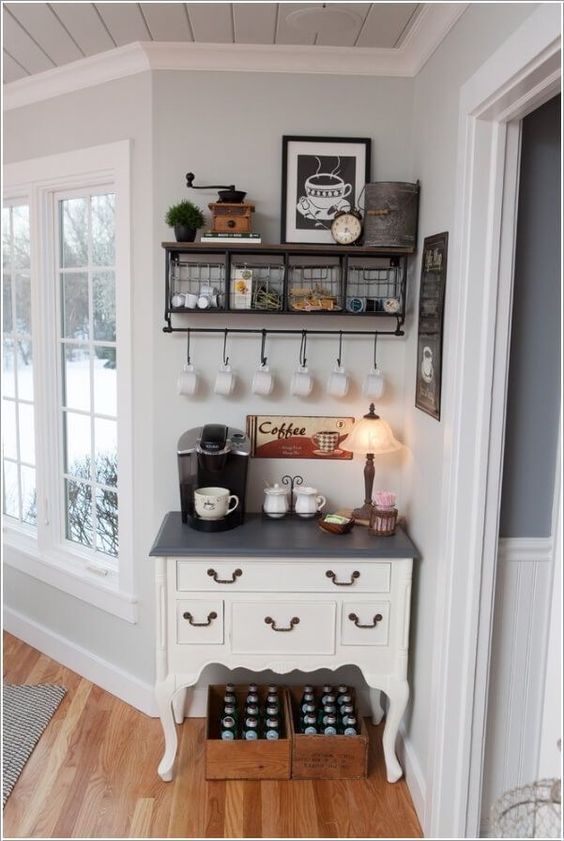Table of Content
To ensure air circulation, add enough browns and turn your compost occasionally. To maintain moisture in your pile, ensure your combined materials have the consistency of a wrung-out sponge. Before adding your browns and greens to the pile, try to chop and break them up into smaller pieces (e.g., corn cobs, broccoli stalks, and other tough food scraps).
You then add your Bokashi bran and wait for a couple of weeks for it to finish. Unfortunately, that finished product isn't quite ready to be added to any soil, as it's too acidic. However, you can bury the finished product for another 2 weeks, and that will make a good soil amendment. Before you get too excited, no, lasagna composting has nothing to do with the delicious meal.
Top 5 Easiest Ways To Compost At Home
As with cold composting, this process can take quite a while. However, you don't need as much space as you would with an open pile, and you wouldn't need to worry about scents or pests. If your pile gets too dry, add water or green materials. If your compost pile gets too wet, it will slow down the composting process. Too much water will drown the microorganisms and too little water will dehydrate them.
Push all of the worm bin contents to one half of the bin, removing any large pieces of undecomposed food or newspaper. Put fresh bedding and food scraps in empty side of bin. Continue burying food scraps only in freshly bedded half. Composting may sound complicated, but it is simple and rewarding.
Compost Tumblers
This system makes composting more accessible and efficient, especially if you have a big yard and a significant amount of garden waste. Multiple bay systems allow you to have more than one pile going simultaneously. This type of composting method keeps air circulating through your pile without you needing to turn it for faster results with less effort. Perhaps you’re new to composting and are curious about methods other than the traditional bin or open heap. Or maybe you’ve been using the same composting method for years and now want to shake things up. Whatever your situation, I’ll let you into a world of composting options.
Others want to do their part to protect the planet but have no prior knowledge about composting. Best of all, it’s easy to do at home, regardless of whether you have access to outdoor space. Composting is a simple, effective way to fight food waste and reduce your environmental impact.
Oxygen
After about three weeks of following this routine, you’ll have dark brown compost. It’s important to let the pile rest an additional two weeks before using it. It can possibly take one to three months to get to the dark brown compost.
One I'm adding to, and one that I wait until the entire container is composted. A compost pile is ideal if you have a big garden. Trench composting was really popular many years ago because it is so practical and saves on space. Direct burying is a short cut and turns your whole garden into a recycling area and a huge worm farm. The easiest way of collecting brown material is to use your fallen leaves every fall.
Due to the recurring subscription charge, a composting service may not be financially accessible for everyone. While composting reduces the negative impacts of our waste, it also has a simultaneous regenerative benefit for the soil on our planet. In other words, composting reduces the bad impacts but also has good benefits. Here’s a step-by-step guide to start composting at home.

Some systems are no more difficult than taking out your trash while other systems require regular maintenance and oversight. As a general rule of thumb, you should start by turning your pile every 4–7 days. As your compost starts to mature, you may need to turn it less often. The first step to composting is determining where you want your compost heap or bin.
The resulting product is vermicompost, a soil amendment. Of all the ways to compost, cold composting is probably the most tried, tested, and reliable. It’s also one of the most popular forms of backyard composting. Cold composting is an outdoor method in which you create one or more compost piles somewhere on your property . You then add organic materials like yard waste or coffee grounds to the pile and let nature decompose it for you. This method involves feeding organic materials into a drum, silo, concrete-lined trench, or similar equipment.

Thousands of people have already started eliminating their food waste with Lomi, and have been loving it. Garbage bag composting is another hands-off method of composting at home, and it's pretty much exactly what it sounds like. All you really do with this is throw all your organic waste in double-layered garbage bags and wait for them to finish composting.
So you can manage the mixing and the aeration a lot better. Now, there are some significant advantages to that. The advantage that’s most stand out is that you just make compost faster. You know, a lot of these tumbler companies say, oh, you’re going to make compost in two weeks, three weeks.
For more details about how to make and maintain a simple worm bin like ours, see this article to learn all about it. We currently use this awesome little stainless steel kitchen crock. Between the tight-fitting lid and the built-in carbon filter, it effectively keeps odors in – and fruit flies out! We store ours under the kitchen sink, though it is attractive enough to keep on the countertop as well. We’ve also used this even more stylish ceramic compost crock in the past.

No comments:
Post a Comment